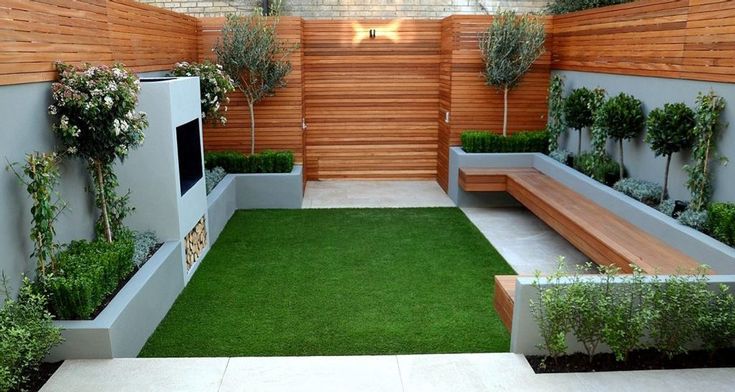Creating a garden in your home or backyard can significantly enhance the aesthetics of your space. However, before jumping into this project, it’s important to consider some key factors to avoid common pitfalls like water seepage, termite infestation, and high maintenance costs.
If you’re thinking about designing a garden at home, here’s a guide to help you get started in a cost-effective yet beautiful way.
1. Understand Your Space and Needs
Before deciding on the type of garden to create, assess the space you have available. Whether you’re building a garden in your backyard, front yard, or terrace, it’s crucial to plan around your space limitations. A garden that’s too large or incorrectly positioned could lead to issues like water seepage or termites.
2. Choose the Right Plants
Selecting the right plants for your garden is key to making it both beautiful and sustainable. If you’re unsure about which plants will work best, consider factors like sunlight, water requirements, and the local climate. Keep in mind that some plants require more maintenance than others, so choose wisely if you’re on a budget.
3. Budget-Friendly Garden Designs
Gardens can get expensive if you’re not careful with your choices. To create a beautiful garden on a budget:
- Use low-maintenance plants that thrive in your region.
- Incorporate hardscaping elements like stones, pebbles, or rocks to reduce the amount of planting needed.
- Opt for artificial grass if you can’t commit to maintaining natural grass.
4. Types of Gardens
There are several garden themes you can explore:
- Formal Gardens: These are symmetrical and follow geometric patterns. Think of lush flower beds, neatly trimmed hedges, and fountains.
- Informal Gardens: These are more organic in shape and can include a mix of different plants, rocks, and paths.
- Japanese or Zen Gardens: These gardens focus on simplicity and peace. Incorporate elements like bonsai trees, ponds with fish, and stone lanterns.
5. Garden Maintenance
If you’re planning a large garden, keep maintenance in mind. A garden that looks beautiful but requires excessive upkeep might not be feasible in the long run. Consider adding an automatic watering system or using drought-resistant plants to save on water costs.
6. Watering Systems and Drainage
Proper drainage is essential to prevent water damage in your garden. Installing a simple water drainage system can help prevent water accumulation and protect your house from moisture issues.
7. Lighting Your Garden
Good lighting can make your garden stand out at night. Consider installing waterproof, weather-resistant lights to highlight your garden’s best features. Use soft lighting along paths or around plant beds for a peaceful ambiance.
8. Conclusion
Whether you’re designing a garden for your farmhouse or in your front or backyard, keep these tips in mind to ensure that your garden is beautiful, functional, and easy to maintain. By being mindful of budget, plant selection, and the overall design, you can create a garden that enhances your home’s curb appeal without breaking the bank.

